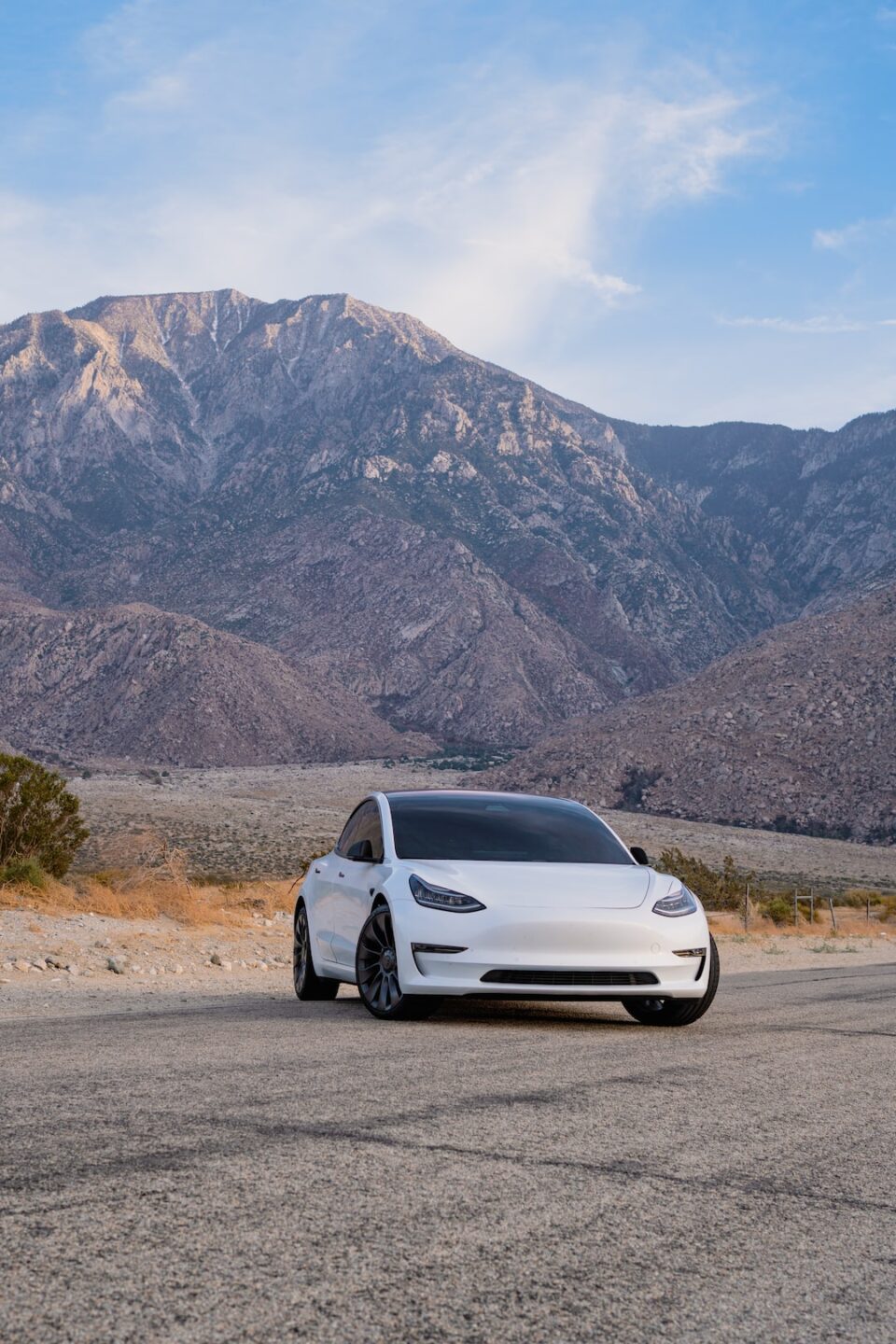The Impact of Ride-Sharing Services on Vehicle Ownership: Trends and Insights
Ride-sharing services like Uber and Lyft have transformed the way we think about transportation. With just a few taps on our smartphones, we can now summon a vehicle to pick us up and drop us off at our destination. This has not only simplified our lives but has also sparked a significant shift in the way people think about vehicle ownership.
Traditionally, owning a car was seen as a necessity for many individuals. It provided them with the freedom and convenience to travel whenever and wherever they wanted. However, the rise of ride-sharing services has given people an alternative option that challenges the need for car ownership.
One of the most noticeable trends in recent years is the decline in vehicle ownership among younger generations. Millennials and Generation Z, in particular, are opting to use ride-sharing services instead of buying a car. A study conducted by the University of Michigan Transportation Research Institute found that the percentage of young drivers is decreasing steadily. In 2014, only 77% of people aged 20-24 years old had a driver’s license, compared to 92% in 1983.
The appeal of ride-sharing services lies in the convenience they offer. Rather than dealing with the hassles of car maintenance, insurance, and parking, people can simply request a ride whenever they need one. This flexibility and simplicity have made ride-sharing services especially popular in urban areas where parking is limited and expensive.
Another factor behind the decline in vehicle ownership is the rising cost of car ownership. According to a report by AAA, the average cost of owning a car in the United States reached $9,282 per year in 2020. This includes expenses such as fuel, maintenance, insurance, and depreciation. In comparison, using ride-sharing services can be more cost-effective, especially for people who only need to travel short distances or occasionally.
However, it is important to note that ride-sharing services are not without their shortcomings. While they provide a convenient alternative to car ownership, they are not always as readily available in rural areas. In addition, surge pricing during peak hours or bad weather can make rides more expensive, which may deter some potential users.
Despite these challenges, the impact of ride-sharing services on vehicle ownership continues to grow. A study conducted by the University of California, Davis revealed that each shared vehicle used for ride-sharing services removes an average of 9-13 personal vehicles from the road. This reduction in the number of vehicles is crucial for reducing traffic congestion and lowering carbon emissions.
Furthermore, ride-sharing services have also encouraged the adoption of electric vehicles (EVs). Companies like Uber and Lyft have made significant commitments to transitioning their fleets to electric vehicles to reduce their environmental impact. This can further contribute to reducing greenhouse gas emissions and promoting a more sustainable mode of transportation.
The impact of ride-sharing services extends beyond just vehicle ownership. They have also influenced urban planning and transportation policies. Many cities are now reevaluating their infrastructure to accommodate ride-sharing vehicles, with designated pick-up and drop-off zones, as well as bike and scooter lanes. This can lead to a more efficient and interconnected transportation network.
In conclusion, ride-sharing services have had a significant impact on vehicle ownership trends. The convenience, cost-effectiveness, and environmental benefits they provide have led to a decline in car ownership, especially among younger generations. While challenges still exist, the popularity of ride-sharing services continues to rise, driving the need for more sustainable and efficient transportation solutions. As technology continues to evolve, we can expect even more innovative solutions and insights into the evolving landscape of transportation and vehicle ownership.


